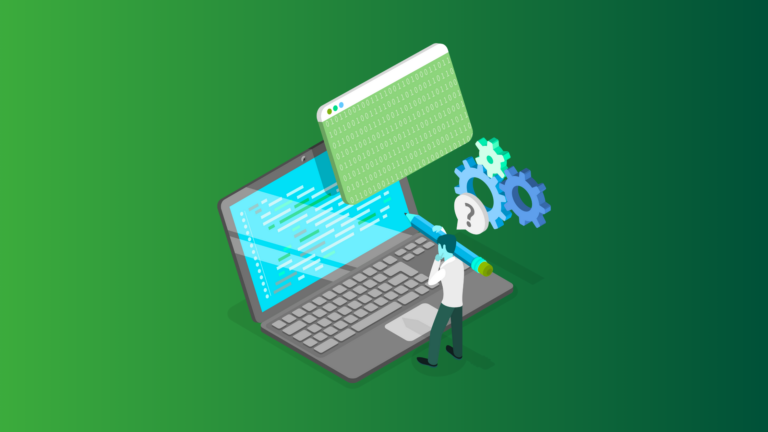In 2026, customers expect clear guidance, faster onboarding, and ongoing support that helps them get real value from your product. A well-structured education program does all of this while boosting adoption, reducing support load, and improving retention.
Below is a step-by-step guide to help you build a program that works at scale.
1. Define Your Business Objectives
Start by connecting your education program to real business needs. Ask questions like:
- Do customers take too long to onboard
- Are support tickets rising because people do not know how to use core features
- Are you trying to increase adoption or self-service
Aligning your learning strategy to measurable goals makes your program purposeful and easier to evaluate later.
2. Know Your Audience
Not all customers learn the same way. Segment customers by:
- Experience level
- Job role
- Industry
- Product use case
Use surveys, interviews, and support data to understand where customers get stuck and what skills they need. These insights guide the structure and tone of your content.
3. Develop a Clear Content Strategy
Choose learning formats that suit your learners. Mix formats like:
- Video walkthroughs
- Live webinars
- Short e-learning modules
- Written tutorials
- Interactive tasks or simulations
Include real-world scenarios and use cases so customers can immediately apply what they learn. Add discussion forums or communities to encourage peer learning.
4. Integrate Education Across the Customer Lifecycle
Customer education is not only for onboarding. Embed training throughout the entire customer journey:
- Onboarding lessons for new users
- Advanced feature training for power users
- Certifications for admins or partners
- Continuous updates during product releases
This keeps customers engaged long after the first login and strengthens long-term retention.
5. Use the Right Technology
A modern LMS is the foundation of any scalable customer education program. Look for tools that support:
- Course creation
- Video hosting
- Assessments
- Gamification
- Surveys
- Social learning
- Analytics
Technology helps you deliver content faster, track usage, and personalize learning paths with ease.
6. Measure and Improve Continuously
Track metrics like:
- Completion rates
- User engagement
- Support ticket reduction
- Adoption of key features
- Customer feedback
Use these insights to refine content, update modules, and adjust learning paths. A customer education program is most powerful when it evolves with your product and your audience.
Real-Life Examples
Here are a few companies that transformed customer education through structured learning:
- Swapcard built a digital training ecosystem that improved retention and made content creation easier.
- INES collaborated with experts to rapidly update materials and scale knowledge.
- Mitsubishi Electric expanded training reach with blended learning and streamlined resources.
These examples show how the right strategy can improve adoption, support efficiency, and customer satisfaction.
Conclusion: Build Your Customer Academy with Acadle
A strong customer education program turns users into confident, long-term partners. With Acadle, you can create a branded customer academy that supports onboarding, feature training, certifications, and ongoing education at scale.
Acadle gives you an easy way to build courses, track engagement, automate learning journeys, and keep customers informed as your product evolves. Everything you need to guide users from first login to long-term success is in one place.



